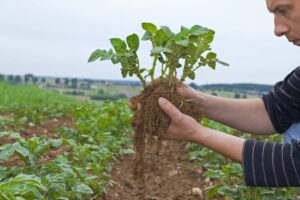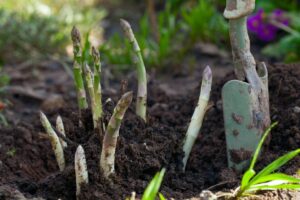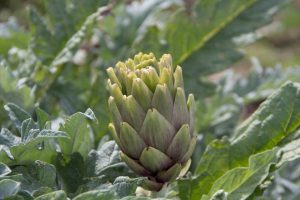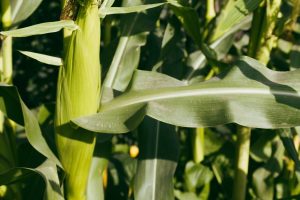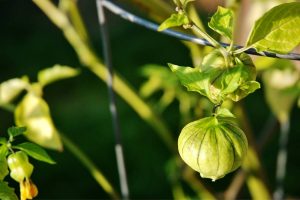If you’re like most people, you probably think that the only way to get fresh fruits and vegetables is to go to the grocery store.
However, did you know that you can actually grow a lot of food right in your own backyard?
In fact, with a little bit of planning, you can easily produce enough food to feed your family for an entire year.
Decide what you want to grow – vegetables, fruits, or both
When deciding what type of food to grow in your yard, you have a few options, vegetables, fruits, or both.
Not only do each of these offer their own unique flavors and textures to meals, but they also vary in the amount of maintenance they need.
Vegetables are often easier to upkeep than fruits, while also providing a more diverse selection.
Fruits tend to require a bit more care, but often have higher yields than vegetables.
Ultimately it’s up to you to decide which type of food to plant, so it’s important to consider your preferences and the amount of time you have available for your garden before making any decisions.
By choosing different varieties of fruit and vegetables you can provide a healthy range of crops year round from your garden.
Research how much space each type of plant needs
Before starting a garden, it is important to know how much space each type of plant needs.
Researching what kind of plants can be grown in your yard and their specific growing requirements can help you plan for the most successful food-growing season possible.
This includes researching what kind of light, soil, and water different types of plants need.
Knowing how much space each type of plant needs, along with other factors such as climate and the time each type of plant spends in its growth cycle, can help you optimize the number of foods you can produce in your garden throughout the year.
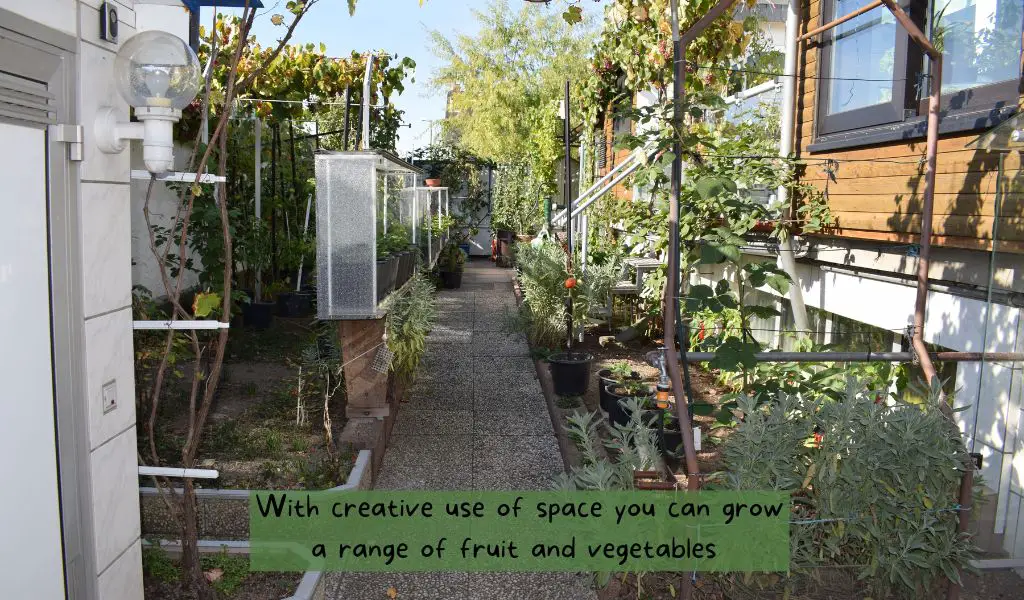
Calculate the total amount of space you have in your yard
To accurately calculate the total amount of space you have in your yard to grow food, first measure each area of land that can be used.
Be sure to include spots around fences, decks, and landscaping structures, as they can all produce delicious fruits and veggies.
Don’t forget about vertical access too. Trellises and hanging baskets are a great way to get creative and really maximize your production potential.
Of course, always remember that having the right balance of sun exposure is key for success when gardening, so consider annual and perennial plants depending on your sunlight availability.
Once you have determined how much space you have available outside in total, you are ready to begin designing your garden and planning out what kind of delicious items you will want to harvest this year.
Think about…. 💭
Your existing space, pots, trellises, hanging baskets and flower beds can all be used for growing
Gro bags can provide a temporary growing area during the warmer months
Areas such as decking and windowsills/boxes are also useful spaces for growing
Popular seed collections



Plant your seeds or seedlings and water them regularly
Growing your own food can be an incredibly rewarding experience, and it all starts with the simple act of planting your seeds or seedlings and keeping them watered regularly.
When planting always be sure to follow the directions on the seed packet regarding depth and spacing.
When transplanting seedlings, be careful to not damage their root systems.
Make sure to use organic potting soil when transplanting, as this will help guarantee the highest quality produce possible.
Check often to make sure your plants have enough water and sunlight, and always adjust your watering schedule to ensure you don’t overwater.
Finally, remember that it can take several weeks for seedlings to establish before they will bear fruit or vegetables, so be sure to be patient and give them plenty of time to grow!
With a little bit of planning and maintenance, you can easily grow enough food to feed your family.
Harvest your crops when they’re ready and enjoy
With careful planning you’ll be able to harvest fresh food from your garden year round.
Look for different varieties that will produce throughout different seasons, such as radishes in the spring or pumpkins in the fall.
When it’s time to harvest your crops, be sure to pick them at the peak of ripeness for maximum flavor and nutrition.
Also remember to always use clean tools when harvesting, and take extra care not to damage any produce or cause any unnecessary stress to your plants.
When you’ve harvested all that you can from each plant, be sure to compost those stems and leaves for use in the next season.
Final Words
Growing food in your own yard is a great way to save money and eat healthier.
You don’t need acres of land, just a few square feet in your backyard or balcony.
The key is to research what you want to grow, and how much space each type of plant needs.
With that information, you can plan how many plants you can fit in the space you have available.
From there it’s simply a case of planting your seeds or seedlings and tending them until harvest time.
If you take good care of your crops, you’ll be able to enjoy homegrown produce all year long.



